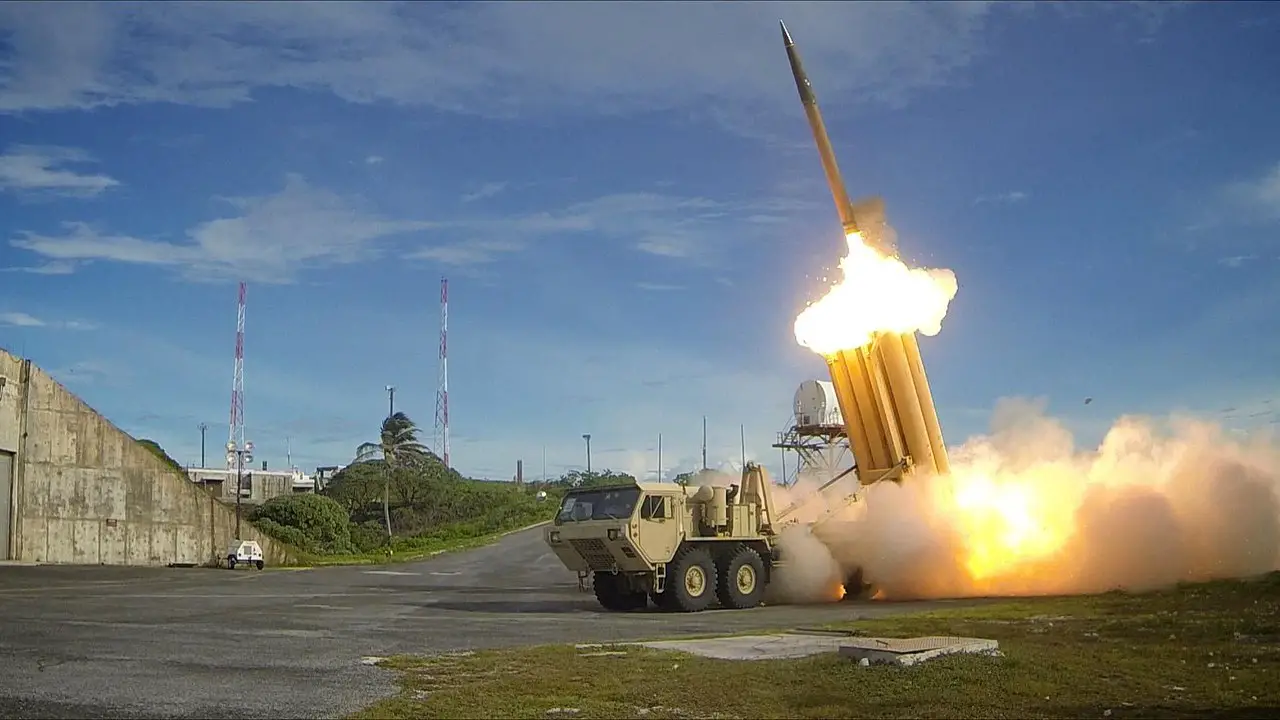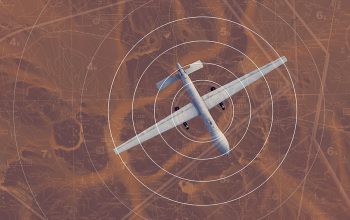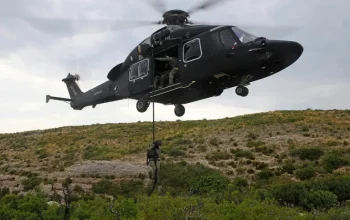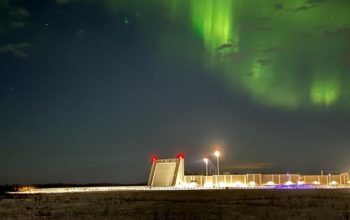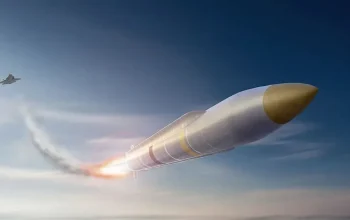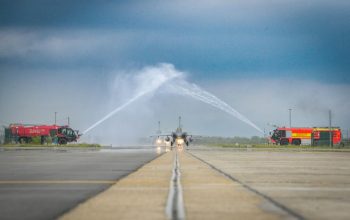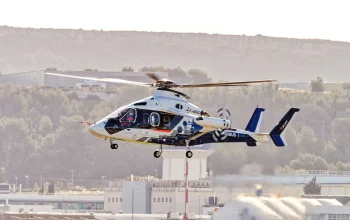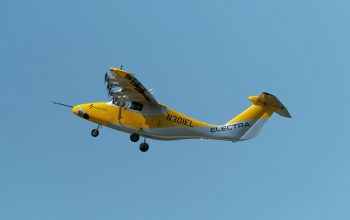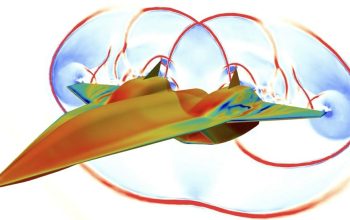The South Korean Ministry of Environment (MoE) has recently concluded an environmental impact assessment (EIA) of the Terminal High Altitude Area Defense (THAAD) system, which had been temporarily stationed at the US military base in Seongju, located approximately 215 km southeast of Seoul. In a press release issued on 21 June, the Ministry of National Defense (MND) of South Korea announced that both the MoE and the MND have granted their approval for the complete deployment of THAAD at the Seongju base. The MoE and the MND have successfully completed the environmental impact assessment of the Seongju base in collaboration. We will work closely with the US to incorporate the feedback received during the consultation process and proceed with the THAAD deployment project.
The decision to deploy the Terminal High Altitude Area Defense (THAAD) system in South Korea was made in July 2016 as a response to the increasing military provocations by North Korea, with an aim to counter the growing threat. In early March 2017, the initial components of the THAAD battery began arriving in South Korea, and two truck-mounted launchers were deployed at the Seongju site. However, controversy arose when then South Korean President Moon Jae-in accused the Ministry of National Defense of deliberately withholding information about THAAD’s arrival in the country. Furthermore, concerns were raised regarding the lack of an environmental impact assessment for the system.
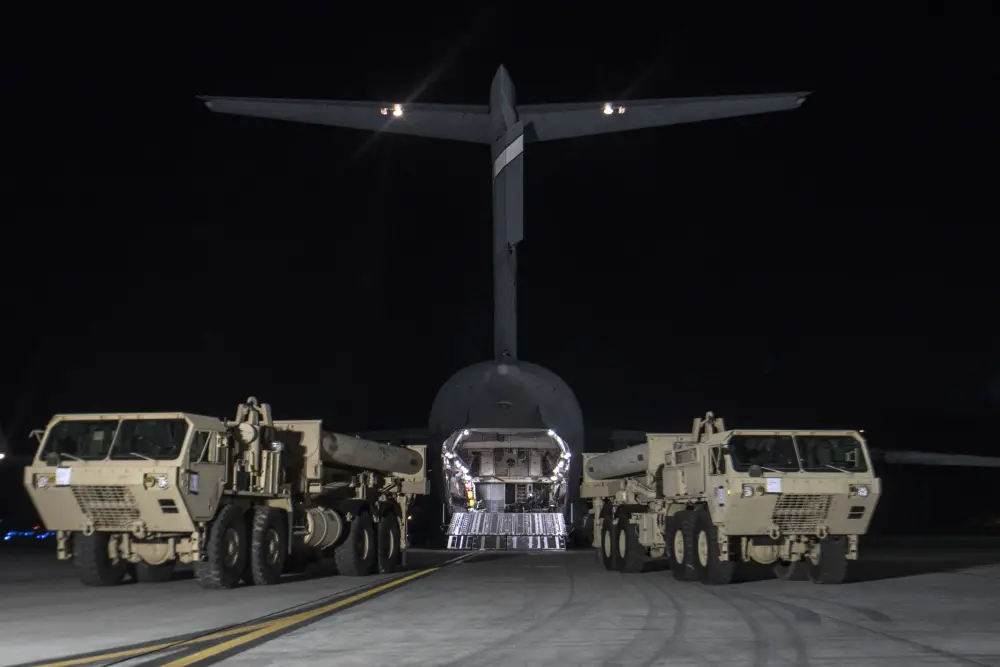
In September 2017, after conducting a small-scale assessment, the MoE in Seoul provided temporary consent for the deployment of the launchers. Local residents expressed apprehensions regarding potential exposure to high levels of electromagnetic waves (EMW) emanating from the Terminal High Altitude Area Defense (THAAD) base, prompting the Ministry of Environment to initiate a comprehensive EIA. Now, with the completion of the EIA and the subsequent approval from the Ministry of Environment and Ministry of National Defense, the full deployment of the THAAD system at the Seongju base is set to proceed, solidifying South Korea’s defense capabilities in the face of regional security challenges.
Terminal High Altitude Area Defense (THAAD), formerly Theater High Altitude Area Defense, is an American anti-ballistic missile defense system designed to shoot down short, medium, and intermediate-range ballistic missiles in their terminal phase (descent or reentry) by intercepting with a hit-to-kill approach. THAAD was developed after the experience of Iraq’s Scud missile attacks during the Gulf War in 1991. The THAAD interceptor carries no warhead, instead relying on its kinetic energy of impact to destroy the incoming missile. THAAD has been deployed in the United Arab Emirates, Israel, Romania, and South Korea. On 17 January 2022, THAAD made its first operational interception, of an incoming medium-range ballistic missile in the UAE.


